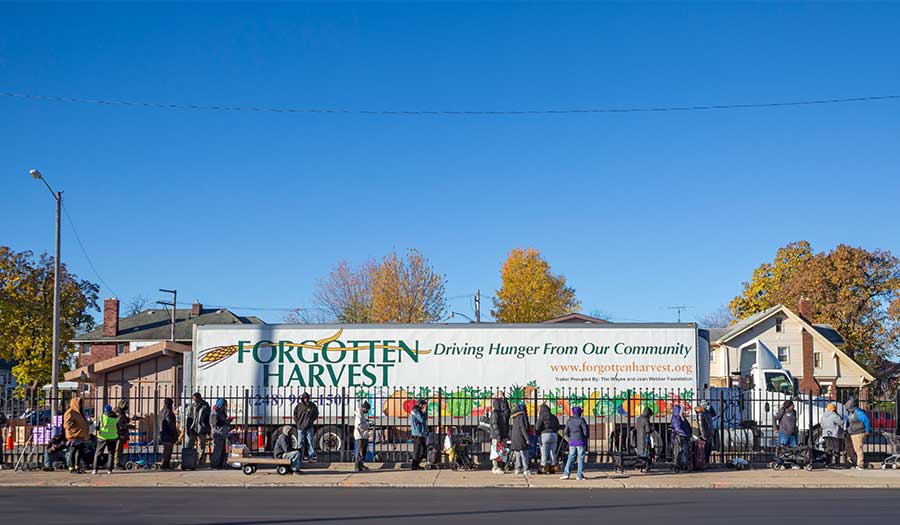- World News Desk
- INTERNATIONAL
| President Donald Trump said the United States launched a “powerful and deadly” strike against forces of the Islamic State group in Nigeria. |
- Articles
- HOLIDAYS
- Articles
- ANALYSIS
“In a time of crisis, it’s so funny what you learn about yourself, in terms of what to save,” a Los Angeles resident told People after being forced to flee as wildfires tore through Southern California in the first days of 2025.
Learn the why behind the headlines.
Subscribe to the Real Truth for FREE news and analysis.
Subscribe Now- Articles
- SOCIETY & LIFESTYLES
As lawmakers debate how to care for the vulnerable, the Bible reveals the ultimate answer, one that human-led governments will never reach on their own.
From the Editor
- Personals from the Editor
- RELIGION
A new Personal from Editor-in-Chief David C. Pack.
- World News Desk
- MIDDLE EAST
| Over two months after Israel and Hamas agreed to a ceasefire, both sides accuse each other of major breaches of the deal. |
- Articles
- ANALYSIS
Creativity is not exclusive to the famous painters, composers and inventors of history. Anyone can nurture and develop this trait.
- World News Desk
- HEALTH ISSUES
| The UN World Food Programme is unable for the first time in decades to provide effective aid to millions of Afghans suffering from malnutrition, with deaths especially among children likely to rise this winter, the WFP said. |
- Articles
- SCIENCE & TECHNOLOGY
The viral spread of manipulated videos, often involving AI, is forcing people to distrust what they see and hear.
- World News Desk
- EUROPE
| Bulgaria’s government resigned on Thursday after mass protests gripped the country and just weeks before the European Union nation is due to join the eurozone. |
- Articles
- ANALYSIS
| Many of today’s nations can be found within the pages of the Bible. You just have to know where to look. |
- Articles
- SCIENCE & TECHNOLOGY
| Australia has become the first country to ban social media for children under 16, blocking access to platforms including TikTok, Alphabet’s YouTube and Meta’s Instagram and Facebook. |
- Articles
- AUSTRALIA & SOUTH PACIFIC
| Here's how a Hanukkah event on Australia's Bondi Beach turned from celebration to fear. |
From the Editor
- Personals from the Editor
- SOCIETY & LIFESTYLES
| You can achieve what you desire by understanding and applying basic, specific keys. |
- Articles
- ANALYSIS
| A national commission has yet to provide families with answers on the estimated 150,000 people who vanished in dictator Bashar al-Assad's notorious prisons. |
- Articles
- SOCIETY & LIFESTYLES
| As more states legalize marijuana, use has become more normalized and products have become more potent. But fewer of those who are addicted seek help for it. |
- Articles
- WEATHER & ENVIRONMENT
| Colombia, the deadliest country in the world for people protecting land and forests, recorded 48 killings in 2024, nearly a third of all cases worldwide. |
- Articles
- HOLIDAYS
| Most cannot picture a holiday season without decorating an evergreen in their living rooms. Yet few know why this practice is so popular. |
- World News Desk
- ASIA
| Cambodia’s Senate President Hun Sen on Tuesday vowed a fierce fight against Thailand as a second day of widespread renewed combat between the Southeast Asian neighbors drove tens of thousands of people to flee border areas. |





















